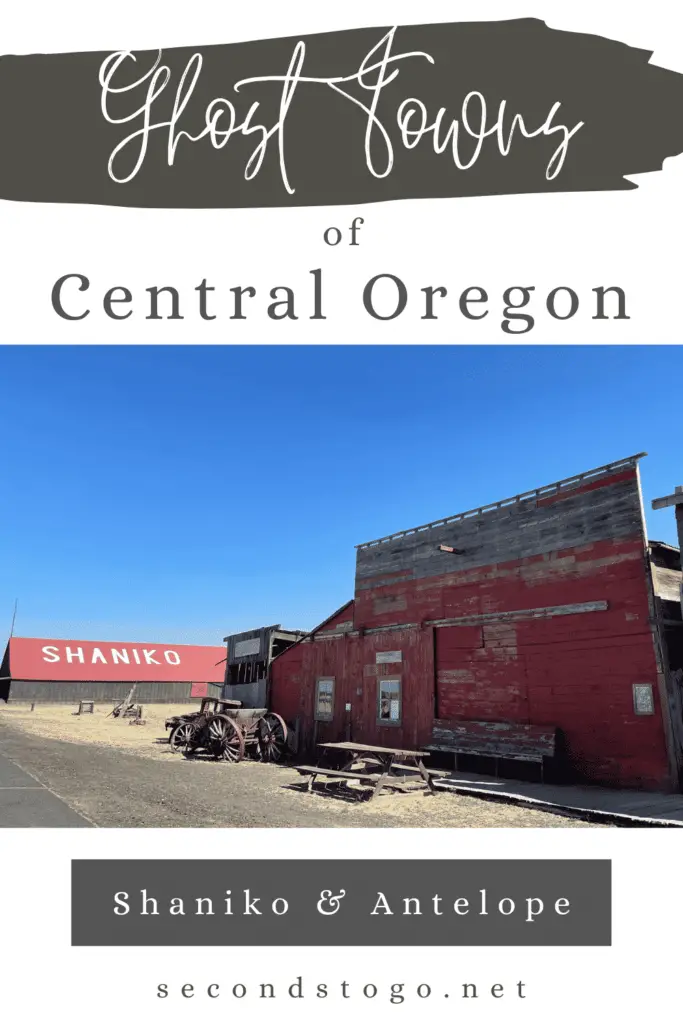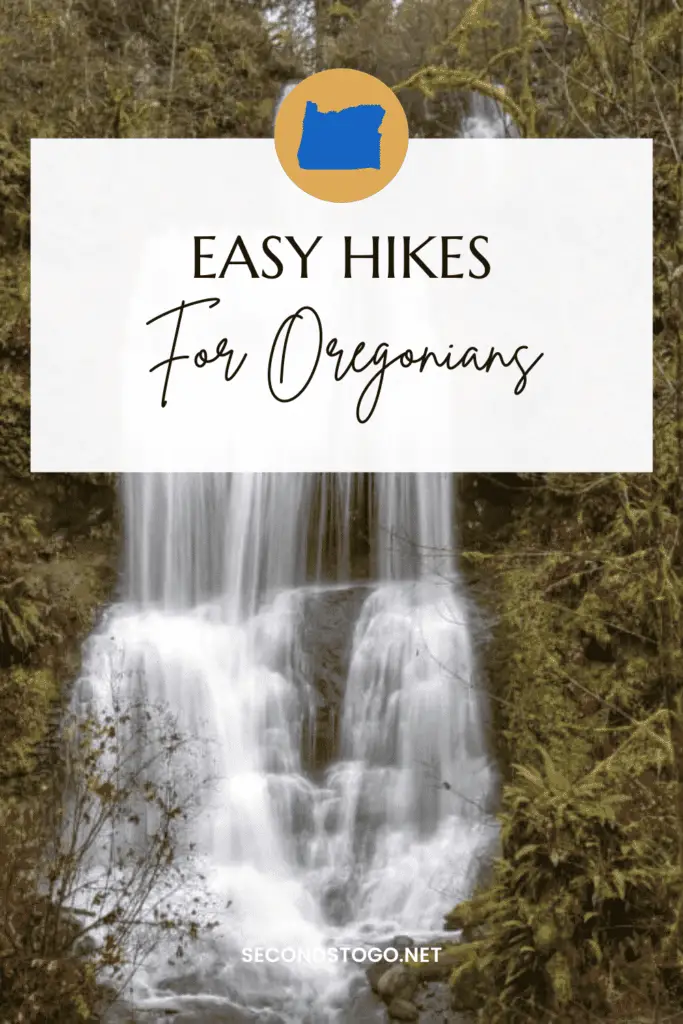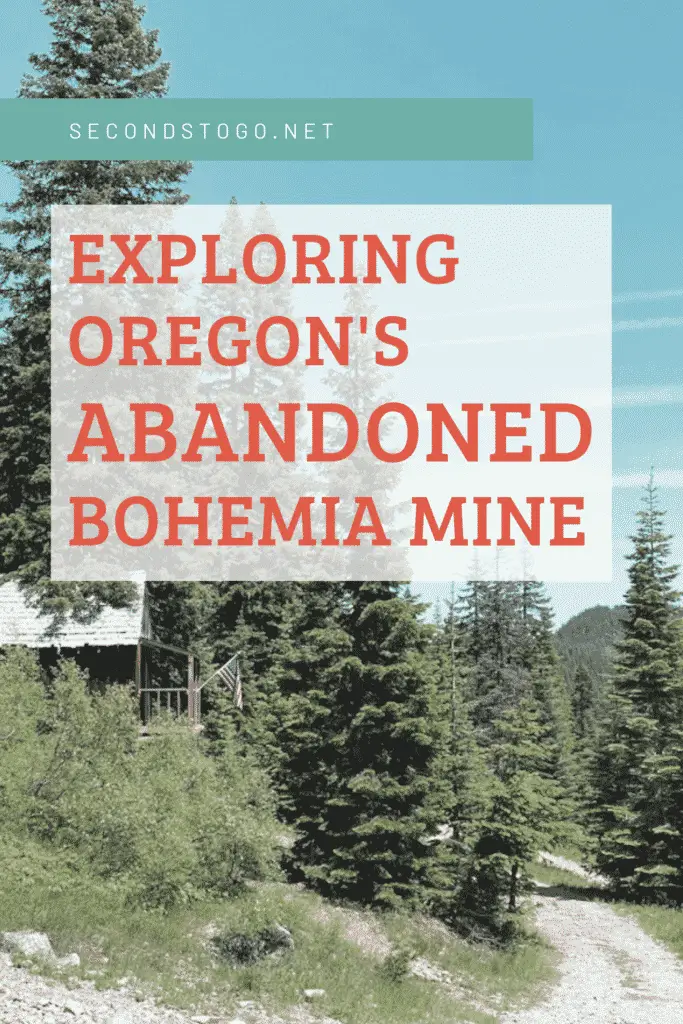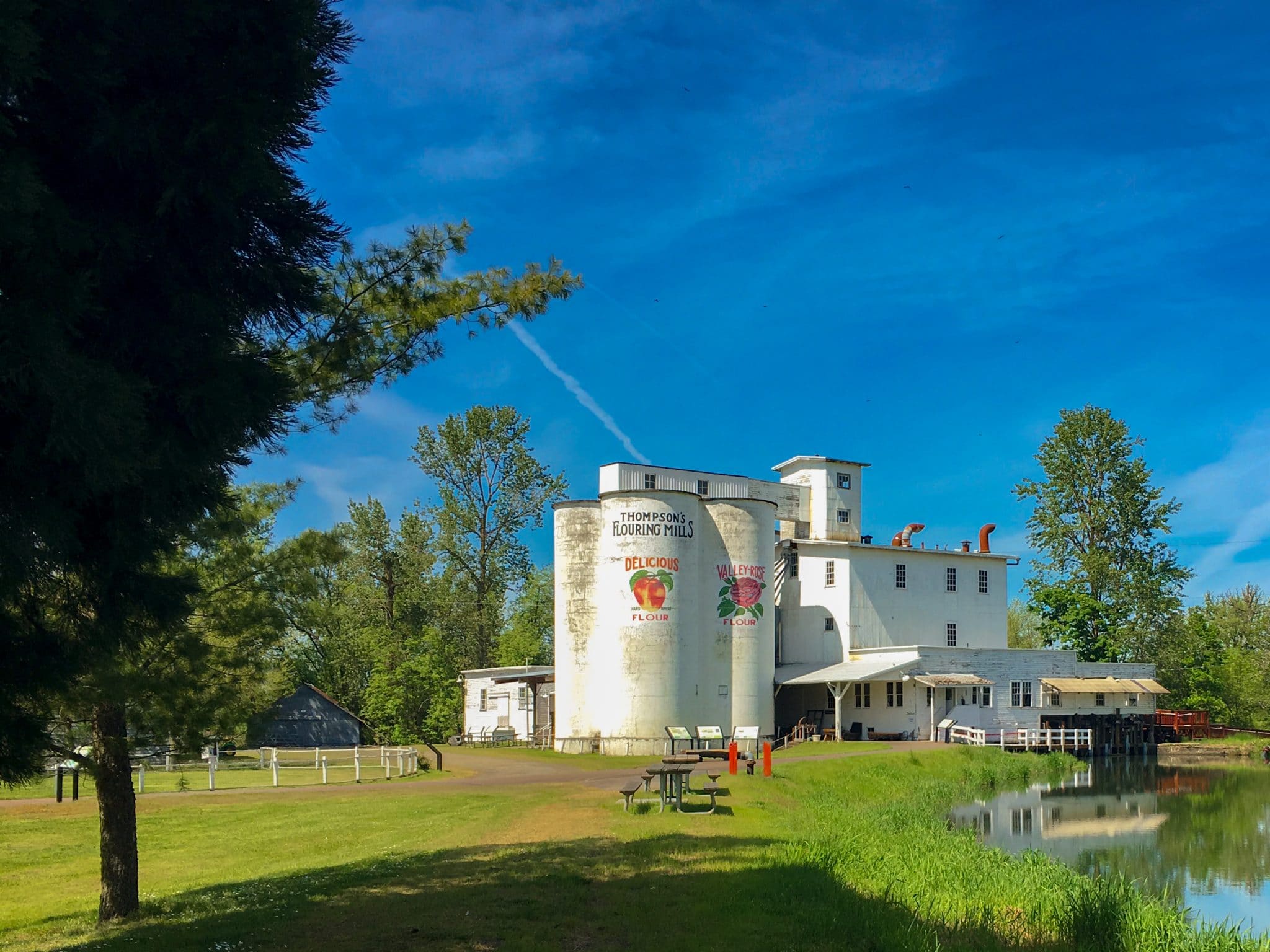Just outside the small town of Shedd Oregon sits the Thompson’s Mills State Heritage Site, and the nonexistent remains of a town that disappeared overnight. Formerly named Boston Mills, it is the oldest existing water-powered grain mill in Oregon.
The History of Oregon’s Thompson’s Mills
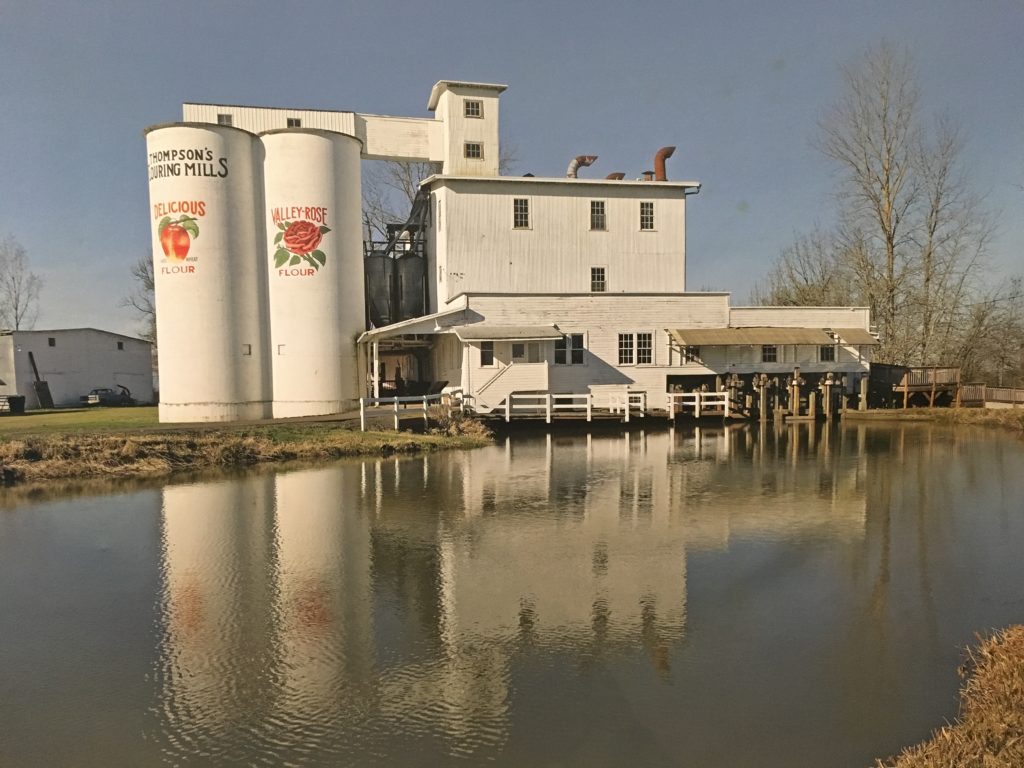
In 1858 three men, R.C. Finley, Philemon V. Crawford, and Alexander Brandon partnered to build Boston Mills. After obtaining the rights to create a dam in the Calapooia river and building the original buildings, the mill opened. A few years later in 1861 the town of Boston was platted and created to look like a typical New England town.
In 1862, Boston Mills burned down and was rebuilt a year later with new water turbines that allowed for more efficient production. The next year saw the addition of the mill keeper’s house. By 1869 over 80 people called Boston, Oregon home. Boston could’ve be the next Portland, or so the townspeople thought.
But when the Oregon California Railroad laid its tracks in 1871, it skirted the town by a little over a mile. Hopes for Boston’s success were quickly shattered as residents began relocating closer to the railway in what is now the town of Shedd.
Boston Mills remained next to the Calapooia River, and determined to succeed in the age of the railroad, constructed a shipping warehouse bordering the railway in Shedd. The mill continued to operate successfully until 1897 when Martin Thompson bought out the current owners.
The mill may have remained, but Boston, Oregon, became the town that disappeared overnight.
Over the next few years Thompson made a few changes to his mill. Seeking higher production yields, he changed out the lighter mill stones to newer steel ones and added new sifting equipment. He also acquired a DC generator to power some aspects of the mill (mainly lights), and constructed the current mill keeper’s house in 1904.
In 1910, after the passing of Martin Thompson, his family changed the name of the mill from Boston Mills to Thompson’s Flouring Mills. As the demand for flour grew during WWI the mill expanded to a continuous 24-hour-a-day operation. The ramped-up production called for another expansion, and the once small mill in Oregon received 4 silos for storage, larger turbines, a loading dock, a cupola for ventilation, and a water tower.
By 1946, artificially high wheat prices encouraged by the New Deal had cost American mills two-thirds of its export business. In addition, the Federal food, Drug and Cosmetic Act of 1938 had enacted new manufacturing standards. Many small mills were forced to consolidate in order to survive the new economic market, but Thompson’s Flouring Mills was forced to cease flour production.
This Oregon mill continued to produce animal feeds and specialty milling until its final closure in 2002.
Thompson’s Mills Today
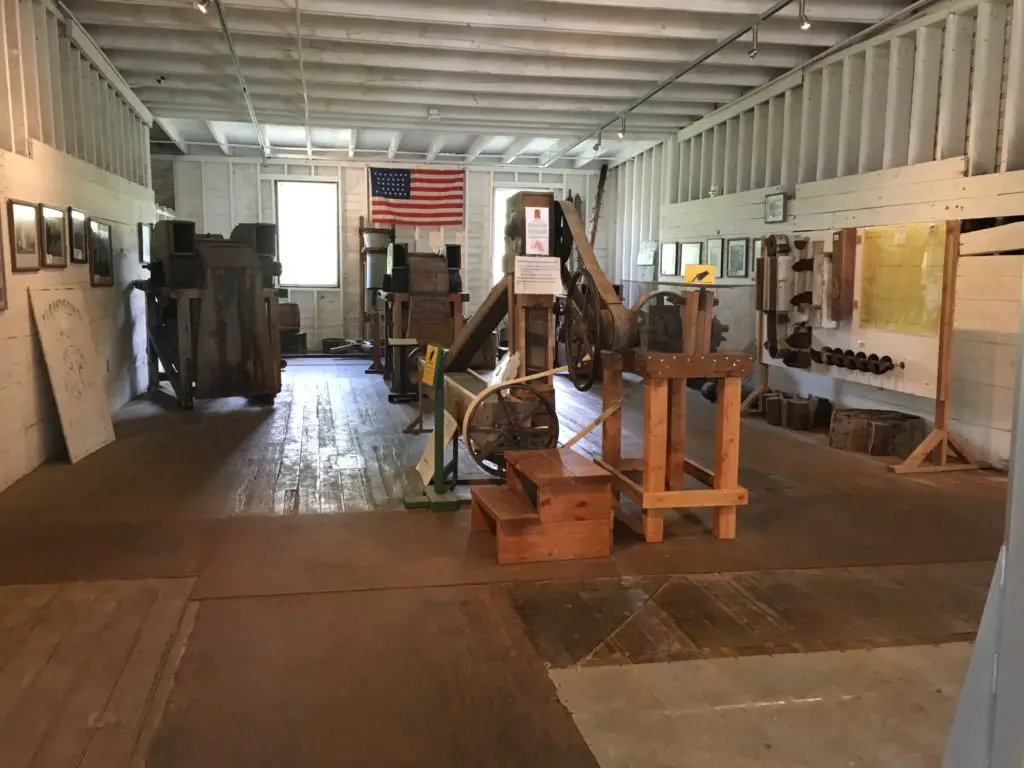
In 2004 Oregon Parks and Recreation Department purchased the Boston Mills ghost town to turn it into a historical state park. OPRD restored the buildings and created a museum inside the mill. Parts of the mill are still operational and are run during tours. The mills keeper’s house has also been restored and preserved.
Currently, the property surrounding Thompson’s mills is being restored to reflect the early 1900’s era. Fruit Orchards and gardens will soon occupy the surrounding land.
Visiting Thompson’s Mills
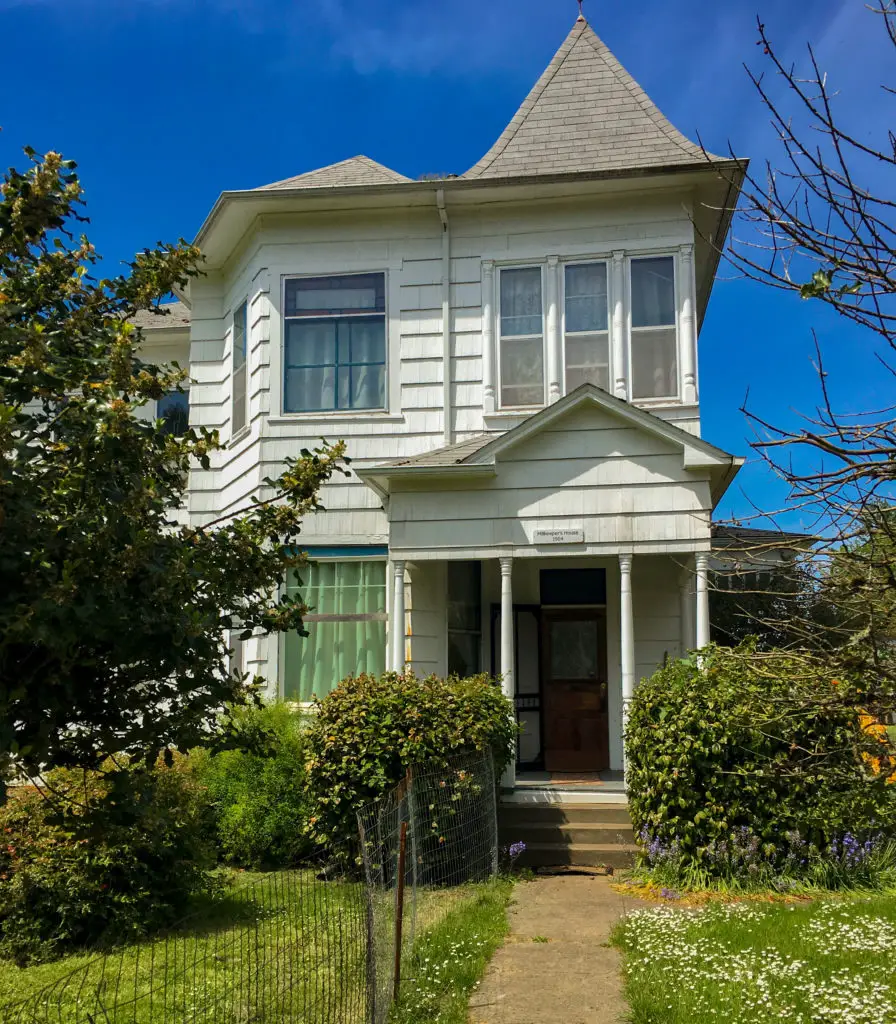
When you arrive at Thompson’s Mill State Heritage Site don’t be surprised to see chickens and ducks roaming freely on the property. We had a lot of fun feeding them.
There is a coin operated chicken feed dispenser that you can use to feed the friendly poultry, so be sure to bring plenty of quarters. If you do not see the birds, just ring the bell by the feed dispenser. They’ll show up in a hurry.
The mill keepers house is the first building you will see as you park. Unfortunately, it is not yet open to tours, but you can observe the outside architecture and gardens. The Mill itself operates on a self-guided basis and also offers park-ranger guided tours. Inside there are many interactive displays about the history of flour milling and the mill itself.
The first time we visited the Mills, we did a self-guided tour and really missed out. The guided tours provide much more information, such as facts about the people who owned the mill and the day-to-day life of the workers.
When you first arrive, the ranger will usually emerge from the park office and ask if you would like a tour. If this does not happen, I suggest knocking on the office door which is by entrance to the mill closest to the pond.
The guided tour also offers the option to see the mill run as it did when it was operational (with a few safety modifications). The guide will ask you to sit on benches while they explain how certain machinery pieces work and what operation they perform.
They will then start up and run the mill for a few minutes to show you just what it was like to work in that environment all day. We were all surprised at the noise level and just how many moving parts there were.
After you tour the Thompson’s mill building, I highly recommend exploring the property and the dam. You’ll find many out buildings that were used for storage during the mill’s operation and get a stronger sense for what it was like to run or work for a turn-of-the-century mill.
If you brought a picnic with you, you’ll also find several tables to enjoy a meal while taking in the historical views. If you didn’t pack a basket and are looking for a bite to eat, don’t expect a large selection of fast food or table-service accommodations. This is farm country, and the only place nearby is the Shedd Market, a convenience store and deli offering snacks as well as breakfast, lunch, and dinner selections such as pizza and sandwiches.
If you are looking for something with more options, you’ll need to make the 20-minute drive to the city of Albany. There are many dining and shopping choices there. For additional things to do in Oregon, check out our Oregon Travel Guide.
There is an outdoor vault toilet onsite, but no other accommodations.
Things to Know Before You Visit
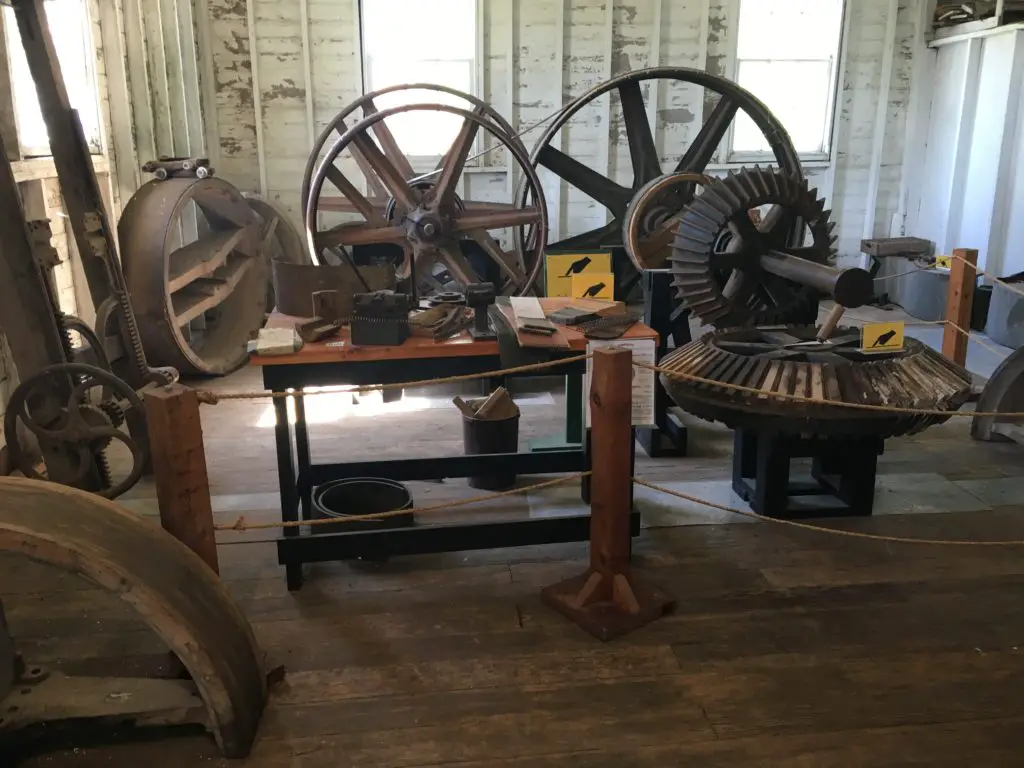
- The Thompson’s Mill State Heritage Site is located at 32655
Boston Mill Drive, Shedd, OR 97377 - The park operates 9-4 daily except for Thanksgiving, Christmas,
and New Years Day - Free guided tours are available all day
- The park is free to visit and there is no charge
for parking - Fishing is allowed in the mill pond and river
- Museum and grounds are ADA accessible
- Kid and family friendly
- Leashed Dogs are allowed on the grounds but not
in the buildings - Onsite poultry may not be fed outside food

